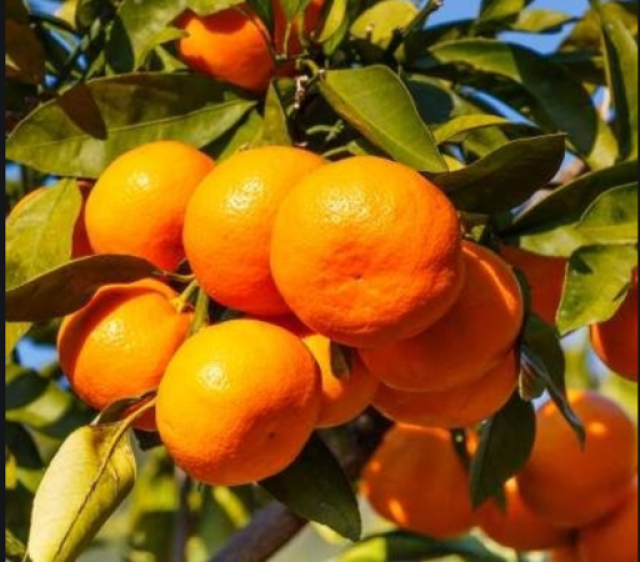The mandarin is a small citrus tree with fruit resembling oranges, usually eaten plain or in fruit salads.
Mandarins are smaller than oranges and their color is orange, yellow-orange, or red-orange. The skin is thin and peels off easily. Their easiness to peel is an important advantage of mandarin oranges over other citrus fruits. Just like with other citrus fruits, their inner flesh is separated into segments, which consist of a large number of elongated cells. Mandarins may be seedless or contain a small number of seeds. They are sweet and can be squeezed to make juice.
The peel is used fresh, whole or zested, or dried. Mandarin peel can also be used as a spice for cooking, baking, drinks, or candy. Essential oil from the fresh peel may be used as a flavoring for candy, in gelatins, ice cream, chewing gum, and baked goods. In Chinese cuisine, the peel of the mandarin, called chenpi, is used to flavor sweet dishes and sauces.

